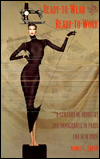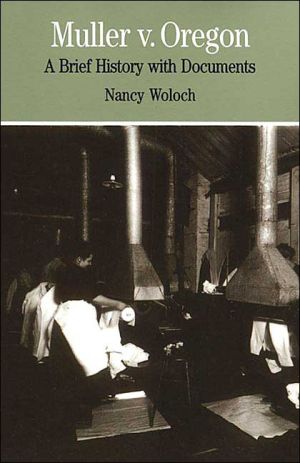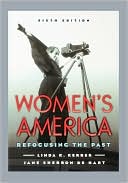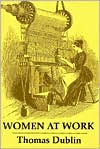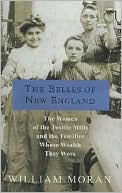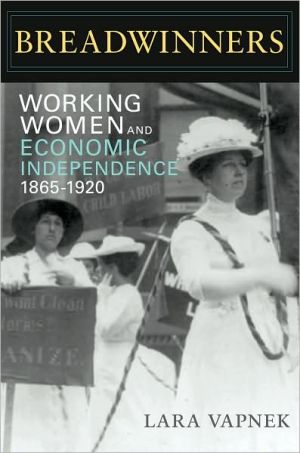Ready-to-Wear and Ready-to-Work: A Century of Industry and Immigrants in Paris and New York
Nancy L. Green offers a critical and lively look at New York’s Seventh Avenue and the Parisian Sentier in this first comparative study of the two historical centers of the women’s garment industry. Torn between mass production and "art," this industry is one of the few manufactauring sectors left in the service-centered cities of today. Ready-to-Wear and Ready-to-Work tells the story of urban growth, the politics of labor, and the relationships among the many immigrant groups who have come to...
Search in google:
Nancy L. Green offers a critical and lively look at New York’s Seventh Avenue and the Parisian Sentier in this first comparative study of the two historical centers of the women’s garment industry. Torn between mass production and "art," this industry is one of the few manufactauring sectors left in the service-centered cities of today. Ready-to-Wear and Ready-to-Work tells the story of urban growth, the politics of labor, and the relationships among the many immigrant groups who have come to work the sewing machines over the last century.Green focuses on issues of fashion and fabrication as they involve both the production and consumption of clothing. Traditionally, much of the urban garment industry has been organized around small workshops and flexible homework, and Green emphasizes the effect this labor organization had on the men and mostly women who have sewn the garments. Whether considering the immigrant Jews, Italians, Puerto Ricans, Dominicans, and Chinese in New York or the Chinese-Cambodians, Turks, Armenians, and Russian, Polish, and Tunisian Jews in Paris, she outlines similarities of social experience in the shops and the unions, while allowing the voices of the workers, in all their diversity to be heard. A provocative examination of gender and ethnicity, historical conflict and consensus, and notions of class and cultural difference, Ready-to-Wear and Ready-to-Work breaks new ground in the methodology of comparative history.
AcknowledgmentsIntroduction1IFashion as Industry131Fashion and Flexibility: The Garment Industry between Haute Couture and Jeans152Seventh Avenue443The Sentier744Bermuda Shorts in Comparative Perspective105IIThe Social Consequences of Flexibility1355The Sweatshop as Workplace and Metaphor1376Women, Immigrants, and Skill in the Garment Shops1617"An Industry of Passage": The Immigrant Waves1888Conflict and Consensus on Seventh Avenue2199Economic and Ethnic Identities in the Parisian Patchwork251Conclusion280Notes293Bibliography379Index411
